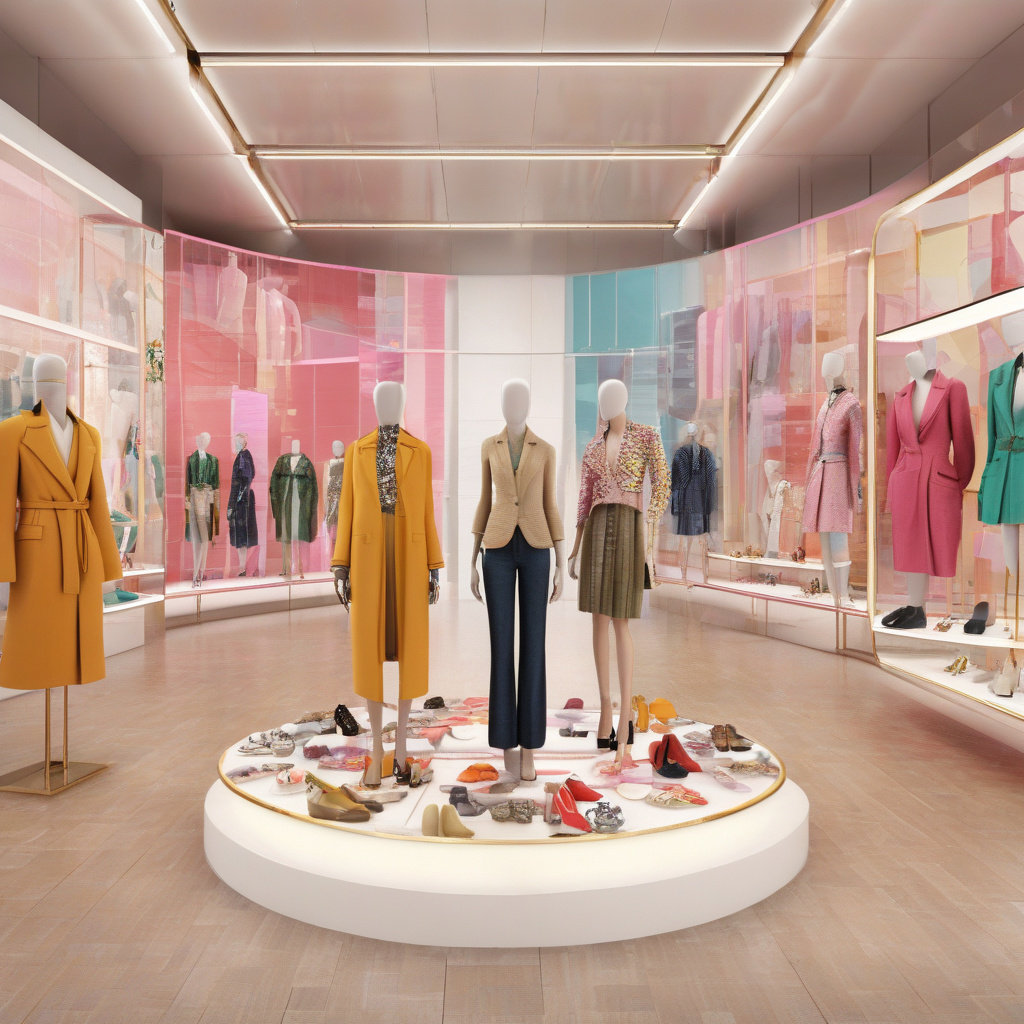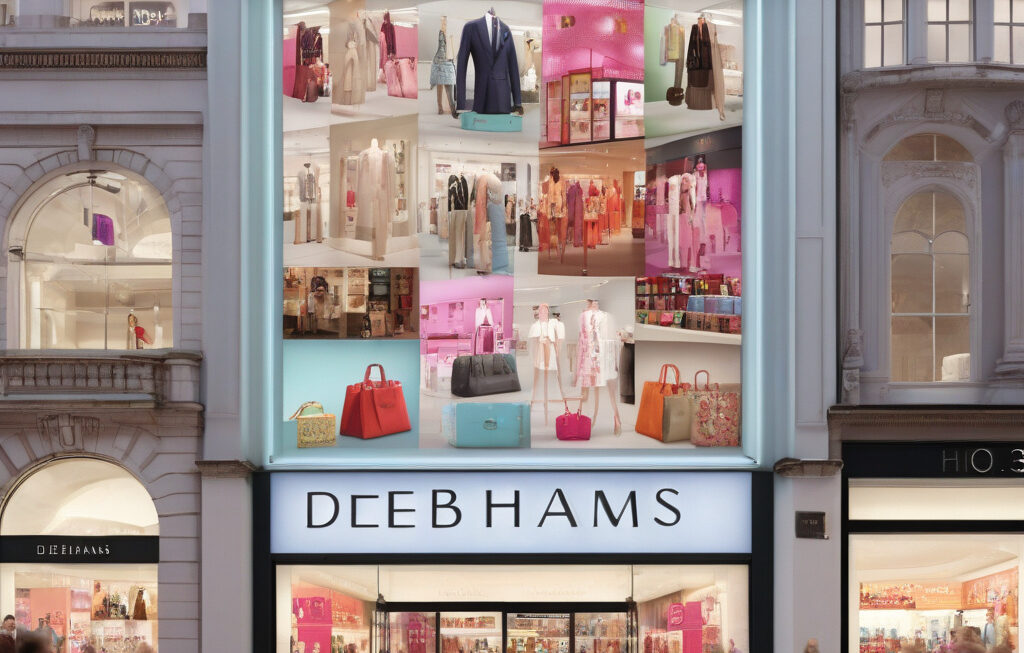Fashion’s Unexpected Data Treasure Troves
In the ever-changing landscape of the fashion industry, staying ahead of trends is crucial for success. Gone are the days when gut feelings and instinct alone could drive sales and influence style choices. Today, a new wave of independent fashion brokers is emerging, leveraging data in ways that were previously unexplored. These brokers, which include sourcers, Substackers, and stylists, are tapping into the wealth of information gathered from their plugged-in audiences, who are now more data-savvy and interested in the numbers behind the looks.
One of the key players in this data revolution is the rise of fashion sourcers. These individuals have a keen eye for spotting emerging trends and are skilled at curating collections based on consumer preferences. By analyzing data on social media engagement, website traffic, and sales figures, fashion sourcers can pinpoint exactly what styles are resonating with their audience. This allows them to make informed decisions on which pieces to stock, helping to minimize waste and maximize profitability.
Similarly, Substackers, who create curated newsletters on fashion trends, are also harnessing the power of data to provide valuable insights to their subscribers. By tracking open rates, click-through rates, and reader feedback, Substackers can tailor their content to better suit their audience’s interests. This data-driven approach not only increases reader engagement but also positions Substackers as trusted sources of fashion information.
Stylists, too, are embracing the data revolution in fashion. By analyzing client preferences, purchase history, and social media activity, stylists can offer personalized recommendations that are more likely to resonate with their clients. This level of customization not only enhances the client experience but also boosts sales and loyalty.
The shift towards data-driven fashion is also evident in the way brands and retailers are approaching their marketing strategies. By leveraging data from sources such as social media, website analytics, and customer surveys, fashion companies can gain valuable insights into consumer behavior and preferences. This, in turn, allows them to create targeted marketing campaigns that are more likely to convert leads into sales.
Furthermore, by analyzing data on supply chain efficiency, inventory management, and production costs, fashion companies can optimize their operations and drive profitability. This data-driven approach is not only beneficial for the bottom line but also for sustainability efforts, as it can help reduce waste and minimize the environmental impact of the fashion industry.
In conclusion, the fashion industry is experiencing a data revolution, with independent fashion brokers leading the way in leveraging data to drive sales, inform decision-making, and enhance the overall customer experience. By tapping into the wealth of information available to them, these brokers are able to stay ahead of trends, minimize risk, and maximize profitability in an increasingly competitive market.
#fashionindustry, #datadriven, #customerexperience, #trendanalysis, #sustainability











